Have you ever tried to cuddle your cat, only to have them squirm away faster than you can say “meow”? If so, you’re not alone. Many cat owners dream of those Instagram-worthy snuggles but are greeted by a blur of fur and an offended tail. The truth is, teaching a cat to enjoy being held isn’t just about picking them up—it’s about trust, patience, and a sprinkle of feline psychology. Imagine the joy of finally holding your purring friend in your arms, both of you calm and content. It’s possible, even for the most independent kitties. Let’s unlock the secrets to turning your cat into a cuddle champion.
Understanding Your Cat’s Personality

Every cat has its own unique character, just like people do. Some are natural-born cuddlers, while others value their personal space above all else. Before you begin the journey of teaching your cat to enjoy being held, take time to observe their personality. Are they playful and outgoing, or more shy and reserved? These traits can influence how quickly your cat adapts to being handled. Patience is vital, especially with cats that are more independent or have a history of being skittish. Recognizing your cat’s preferences shows respect for their boundaries. When you understand your cat’s nature, you can tailor your approach and set realistic expectations for progress.
Building Trust Before Touch

Trust is the foundation of any strong relationship, and that’s especially true with cats. If your feline doesn’t trust you, no amount of treats or gentle coaxing will make them enjoy being held. Start by spending quiet, relaxed time near your cat, allowing them to approach you on their terms. Offer your hand for them to sniff, and let them initiate contact. Avoid sudden movements or loud noises, as these can erode trust quickly. Consistency is key—regular, positive interactions help your cat see you as a safe presence. Trust takes time to build, but once it’s there, your cat will be more open to new experiences, including being held.
Learning Feline Body Language
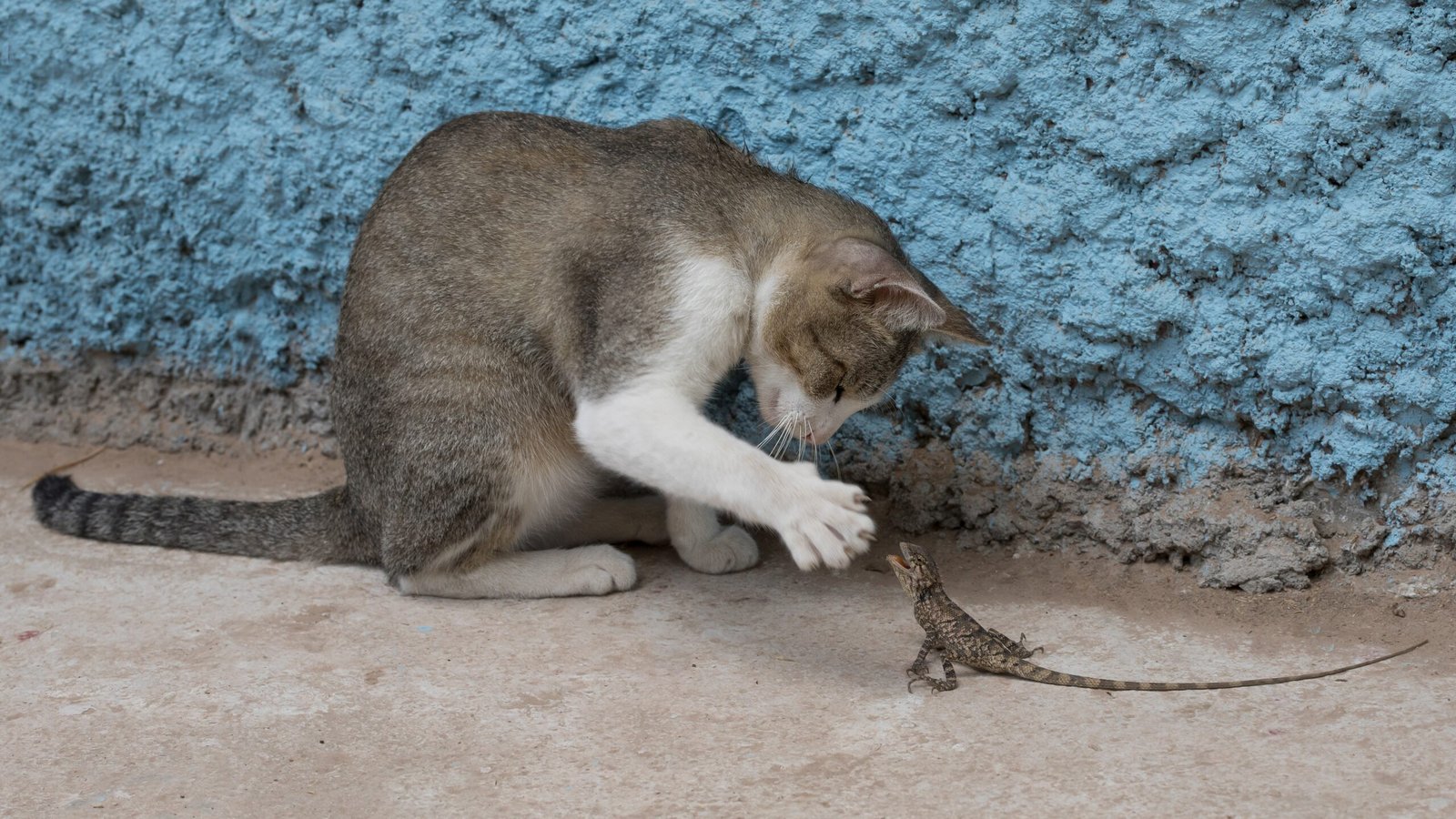
Cats communicate a lot through their bodies, often more than with vocalizations. Learning to read your cat’s body language will help you know when they’re ready for handling—or when they need space. Look for signs of relaxation, like a softly swishing tail, slow blinking, or gentle purring. On the other hand, if their ears are back, tail is lashing, or their body is stiff, it’s best to wait. By respecting these signals, you show your cat that you care about their comfort. Over time, this respect can make them feel more secure around you. Think of it like learning a new language—you’re building a bridge between your worlds.
Making Positive Associations With Touch

Positive associations are your secret weapon for helping your cat enjoy being held. Start by gently petting your cat in areas they already like—often the head, cheeks, or under the chin. Pair this with calm words or treats to create a positive experience. Gradually extend the petting to other areas, like the shoulders or back, always watching for signs of comfort or discomfort. If your cat remains calm, reward them with praise, treats, or a favorite toy. Over time, your cat will begin to associate your touch with good things, making them more receptive to being picked up.
Picking the Right Moments

Timing is everything when it comes to handling your cat. Choose moments when your cat is already relaxed, such as after a meal or during a quiet afternoon nap. Avoid trying to pick them up when they’re playing, hunting, or feeling stressed—this can backfire and make them more resistant. Observe their routine and look for windows of calmness. You might even find them seeking attention at the same times each day. The more you align your handling attempts with your cat’s mood, the smoother the process will be. It’s like catching a wave—wait for the right moment, and you’ll glide instead of wipe out.
Introducing Gentle Handling Techniques
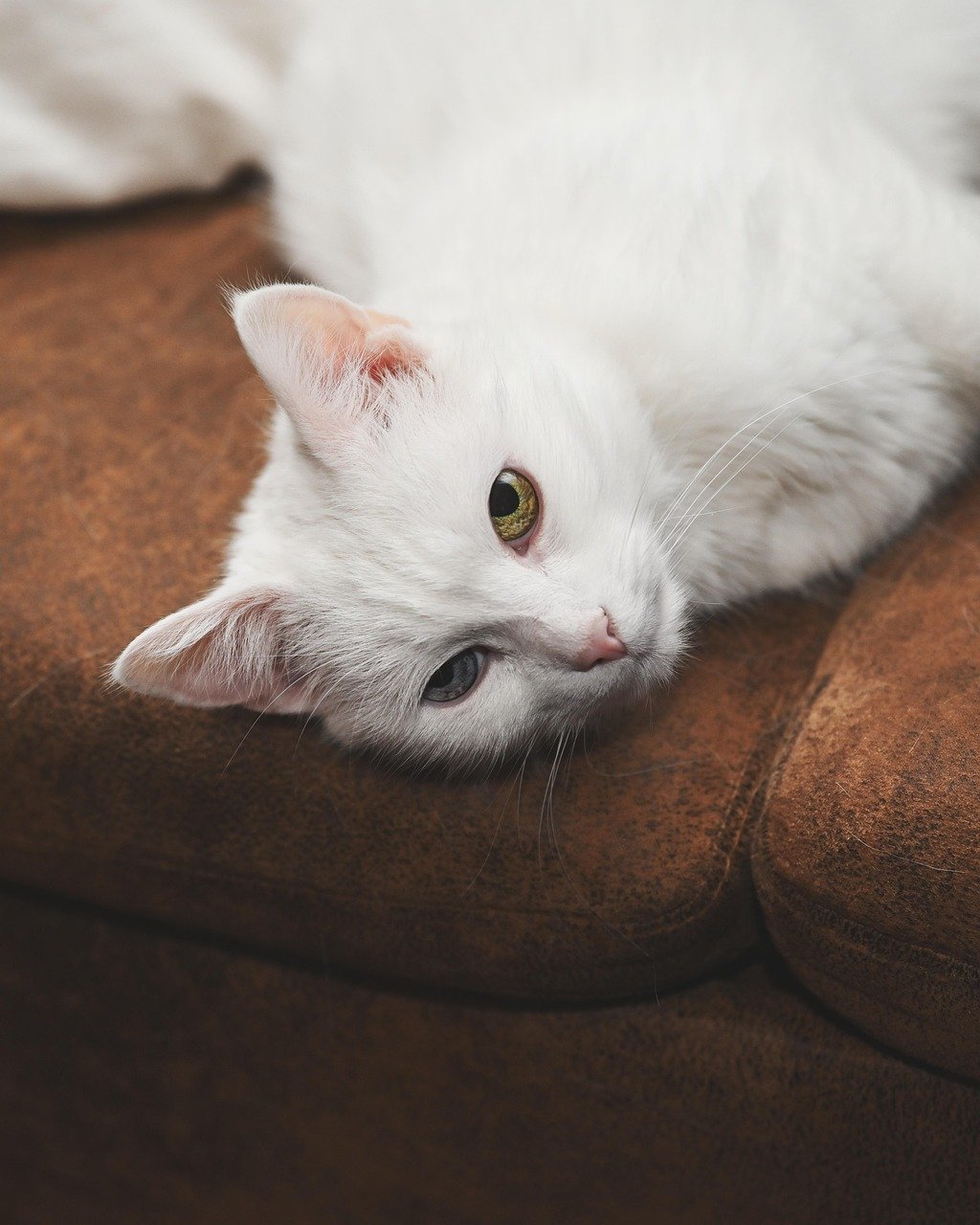
Gentle handling is an art. Begin with short sessions, placing your hands softly under your cat’s chest and hindquarters. Lift them just an inch or two off the ground, then set them back down. Repeat this process, gradually increasing the height and duration as your cat becomes more comfortable. Speak softly and move slowly, as quick or rough movements can startle even the most laid-back cats. Always support their body and never let their feet dangle. With every gentle lift, you’re teaching your cat that being held isn’t scary—it’s just another way to spend time together.
The Role of Treats and Rewards

Cats aren’t always motivated by affection, but treats are almost universally appreciated. Use small, irresistible treats as rewards during your training sessions. Each time your cat allows you to pick them up, even for a second, give them a treat and some praise. Over time, they’ll start to connect being held with something enjoyable. Just be careful not to overdo it—too many treats can lead to an unhealthy kitty. Think of treats as training tools, not bribes. They’re like little tokens of encouragement that help your cat associate being held with positive outcomes.
Short and Sweet Sessions

When you’re teaching your cat to enjoy being held, less is often more. Keep your holding sessions short—just a few seconds at first. Let your cat down before they start to squirm or feel anxious. This prevents negative experiences from building up and makes your cat more likely to cooperate next time. Gradually increase the length of each session as your cat’s comfort grows. Short, successful sessions add up quickly, and your cat will start to realize that being held isn’t something to dread. It’s a marathon, not a sprint, and patience always pays off.
Respecting Boundaries and Signals
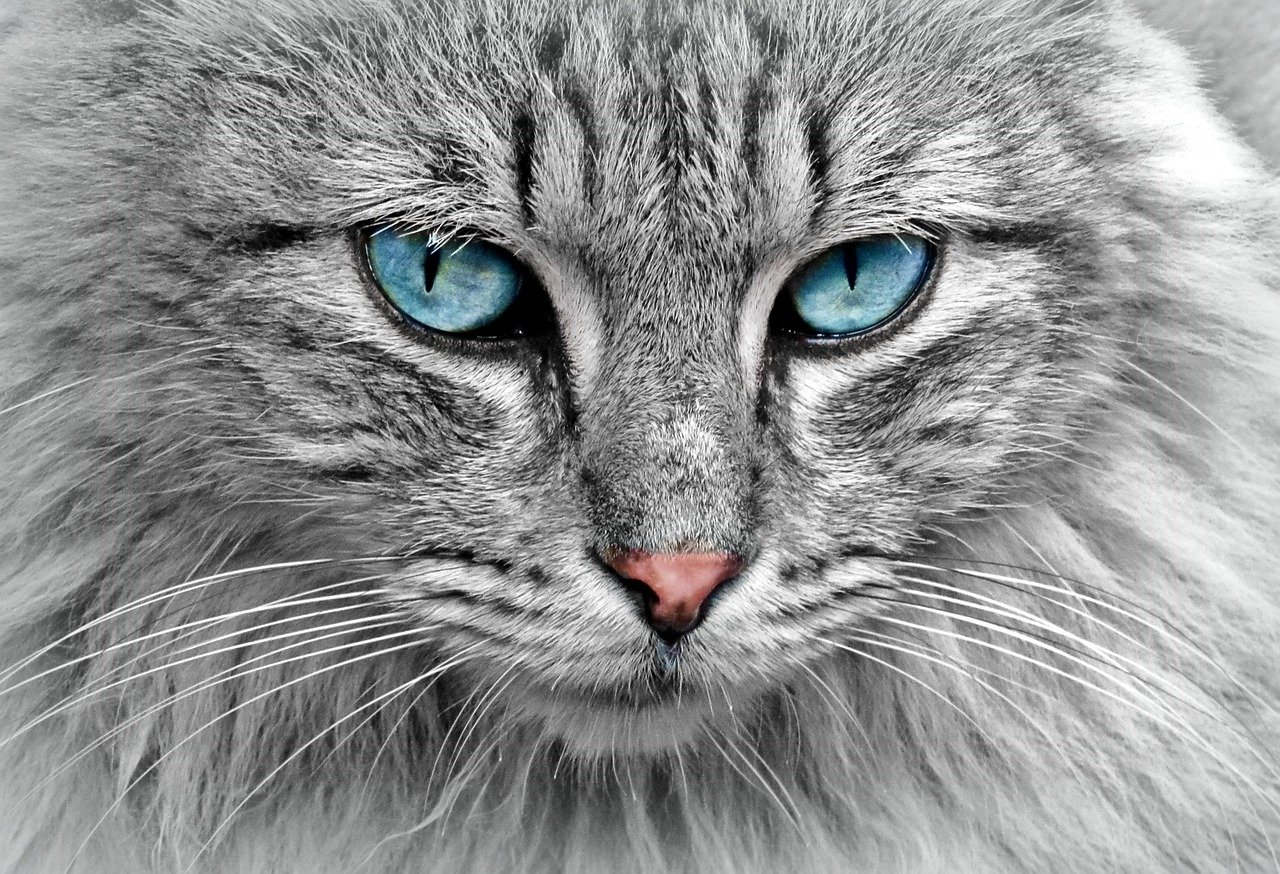
One of the most important things you can do is respect your cat’s boundaries. If your cat shows signs of stress—flattened ears, growling, or trying to escape—immediately put them down and give them space. Ignoring these signals can damage trust and make future sessions harder. Remember, you’re building a relationship, not forcing an outcome. By showing respect for your cat’s comfort, you’re more likely to earn their trust and cooperation. Think of it as a dance—sometimes you lead, sometimes you follow, but you always move together.
Choosing the Right Environment

Your environment can make a big difference in your cat’s willingness to be held. Choose a quiet, familiar space free from loud noises or distractions. Avoid training sessions around other pets or children who might startle your cat. Create a cozy spot, maybe with a soft blanket or their favorite bed, to help them feel secure. The more comfortable and safe your cat feels in their surroundings, the more likely they are to relax in your arms. It’s a lot like setting the mood for a first date—you want everything to feel just right.
Using Calming Aids and Scents
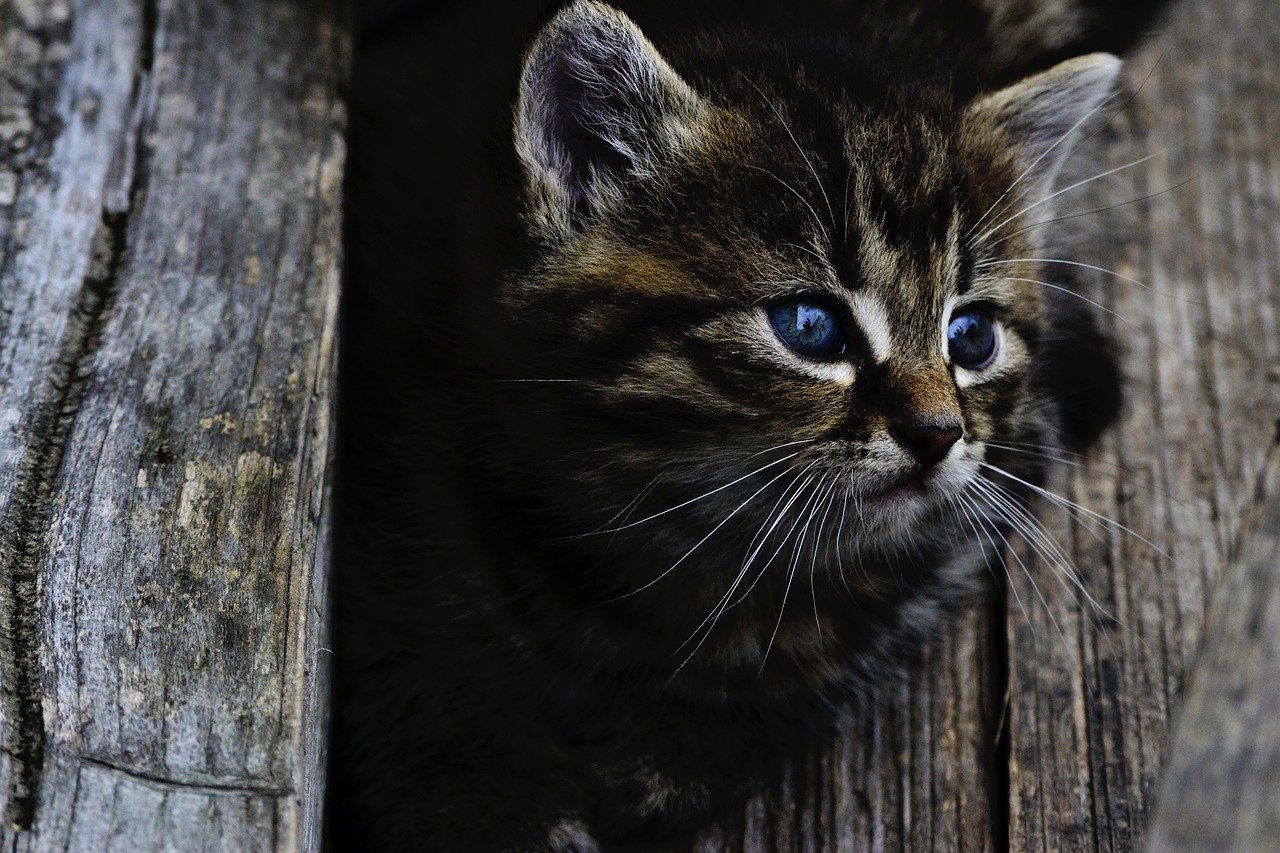
Sometimes a little extra help can go a long way. Calming sprays or diffusers with pheromones designed for cats can help create a peaceful atmosphere. These products mimic the natural scents that cats use to feel secure. You can spray them on your hands, clothing, or the area where you plan to hold your cat. Some cats also enjoy the scent of familiar blankets or toys. Just be sure to introduce any new scent gradually, as cats can be sensitive to changes. Think of calming aids as background music—they set the tone without being the main event.
Gradual Desensitization

Success often comes from taking small, manageable steps. Gradual desensitization means slowly exposing your cat to the experience of being held, one tiny step at a time. Start with just touching and gently lifting, then progress to holding for a few seconds, always watching your cat’s reaction. If they remain calm, move to the next step; if not, back up and go slower. This method is especially useful for cats who are fearful or have had negative experiences in the past. Over time, repeated positive experiences can overwrite old fears. It’s like teaching someone to swim—start in the shallow end and work your way up.
Role Modeling and Socialization

Believe it or not, cats can learn by watching others. If you have multiple cats and one is more comfortable being held, let the nervous cat observe these positive interactions. Kittens, in particular, are highly influenced by what they see. Socialization during kittenhood often results in more tolerant adults, but it’s never too late to start. Invite friends or family members who your cat trusts to participate in gentle handling sessions. The more your cat sees that being held is safe and normal, the more likely they are to try it themselves. It’s a bit like learning to ride a bike—seeing someone else do it makes it less scary.
Handling Special Cases: Former Strays and Rescues

Cats who’ve had traumatic experiences or lived as strays may take longer to trust humans. For these cats, patience is even more important. Begin by simply being present and letting them approach at their own pace. Use food, toys, and gentle words to build positive associations. Avoid any forceful handling—these cats need to know you’re not a threat. Celebrate small victories, like letting you pet them or sitting near you. Over time, trust can blossom, and even the most timid cats can learn to accept gentle holding. It’s a journey, but every step forward is worth celebrating.
Introducing Holding to Kittens

Kittens are like little sponges—they soak up experiences, both good and bad. The earlier you introduce gentle handling, the easier it will be for your kitten to grow up loving cuddles. Start by letting them crawl onto your lap and explore your hands. Use a soft voice and gentle touch, picking them up for just a few seconds at a time. Reward calm behavior with treats or playtime. If your kitten squirms, let them go and try again later. Early, positive experiences with being held set the stage for a lifetime of affectionate moments.
Adapting to Senior Cats
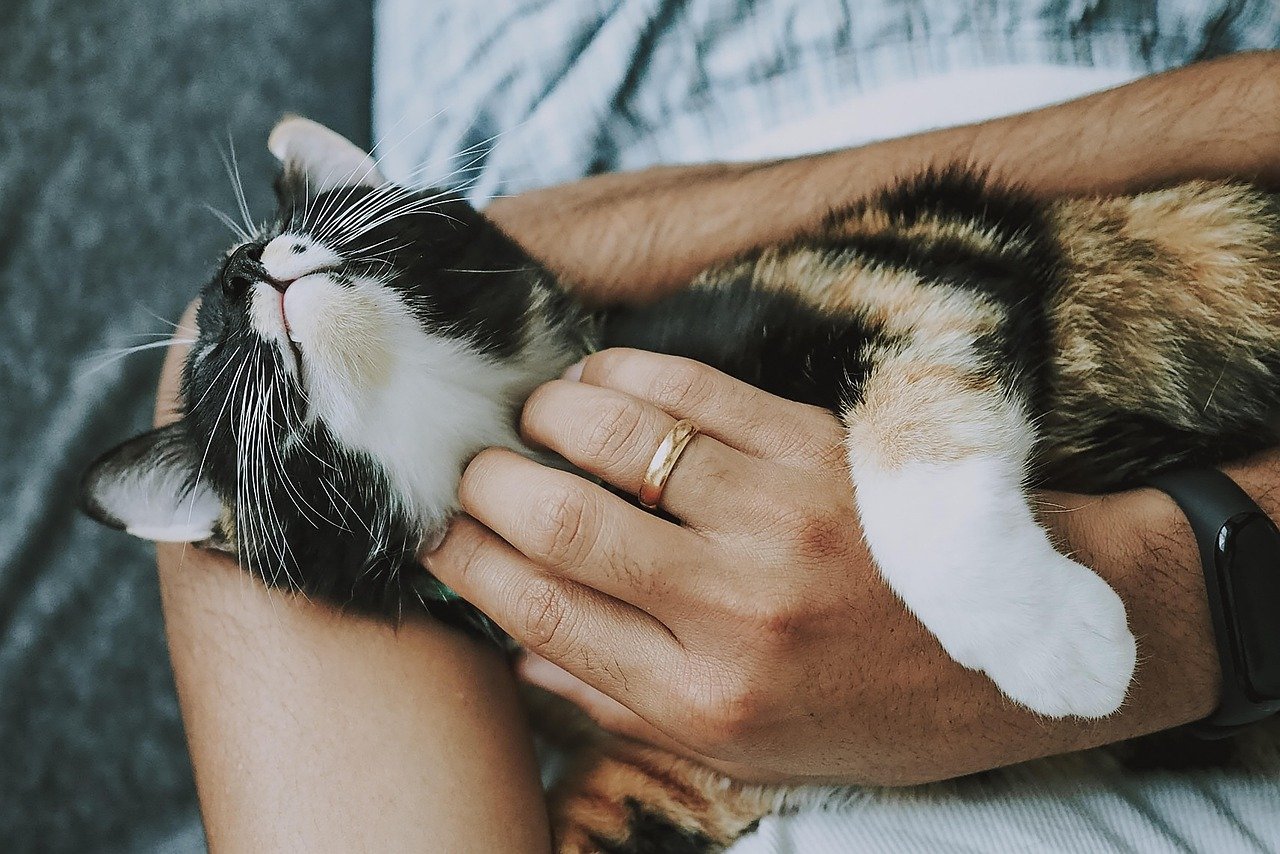
Older cats may have aches and pains that make being held uncomfortable. Always be gentle and support their entire body, taking care not to put pressure on sore joints. Watch for signs of discomfort, like tensing up or vocalizing. Senior cats may appreciate shorter, more frequent holding sessions rather than long cuddles. If your older cat has never liked being held, don’t force the issue—instead, focus on gentle petting and other forms of affection. Respecting their limits while still offering comfort can help them feel loved in their golden years.
Recognizing When to Pause Training

Sometimes, it’s best to take a break. If your cat seems more anxious with each session, or starts avoiding you altogether, pause your efforts and give them some space. Reflect on what might be causing the stress—changes in the home, health issues, or simply moving too fast. Go back to basics, rebuilding trust through play and quiet time together. Training is like a winding road, with plenty of stops and starts. Giving your cat time to reset can make future sessions more successful.
Celebrating Progress and Small Wins

Every step forward is cause for celebration, no matter how small. Did your cat let you pick them up for two seconds longer today? That’s progress! Celebrate with treats, praise, or a favorite toy. Tracking small wins keeps you motivated and helps your cat associate being held with positive outcomes. Remember, the goal isn’t perfection—it’s building a better bond. Every positive interaction brings you closer to those dream cuddles.
Common Mistakes to Avoid

It’s easy to get frustrated if things aren’t moving as quickly as you’d hoped. Avoid forcing your cat to stay in your arms, chasing them to pick them up, or using punishment when they resist. These actions can damage trust and make your cat more fearful. Instead, focus on patience, positive reinforcement, and respecting your cat’s pace. Cats remember negative experiences, so it’s better to go slow than to risk a setback. Learning from mistakes is part of the journey—just dust yourself off and try again.
Knowing When to Seek Professional Help

If your cat is showing extreme fear, aggression, or stress when you try to hold them, it might be time to consult a professional. Veterinarians or animal behaviorists can help identify underlying issues, such as pain or anxiety, that make handling difficult. Sometimes medical problems, like arthritis or past injuries, can make being held uncomfortable. Don’t hesitate to ask for help—there’s no shame in wanting the best for your furry friend. With expert guidance, even the most challenging cases can see improvement.
Hi, I’m Bola, a passionate writer and creative strategist with a knack for crafting compelling content that educates, inspires, and connects. Over the years, I’ve honed my skills across various writing fields, including content creation, copywriting, online course development, and video scriptwriting.
When I’m not at my desk, you’ll find me exploring new ideas, reading books, or brainstorming creative ways to solve challenges. I believe that words have the power to transform, and I’m here to help you leverage that power for success.
Thanks for stopping by, Keep coming to this website to checkout new articles form me. You’d always love it!






